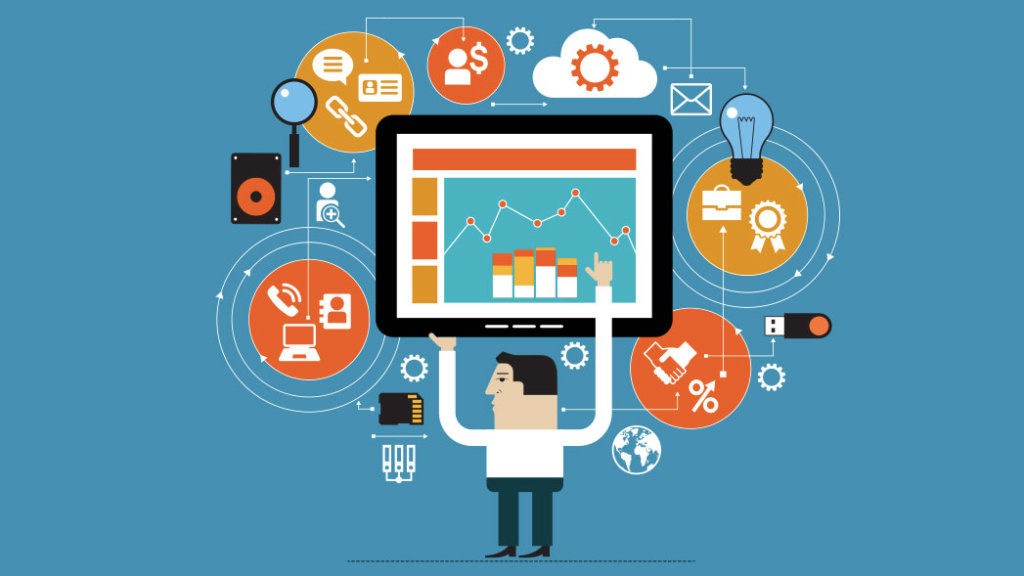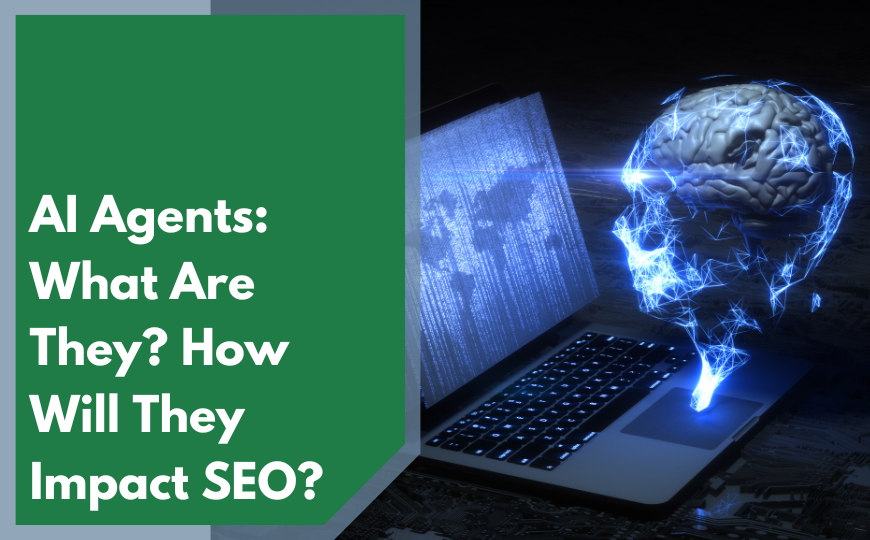From time to time, team members will share their views stimulated from a piece by an industry thought leader. Here, our Director of Paid Marketing, Kim Figor, discusses a Forbes. article by Forbes Councils Member, Anna Luo “3 Steps to Using Automation to Keep Personalized Digital Marketing Alive”.
Do you remember when the terms automation and machine learning were new and exciting? Or the days when you mentioned these terms that nobody knew what you were talking about? Sometimes I miss those days… Why? I think it was much simpler when these phrases were alien as opposed to the life they took on and are today. Automation and machine learning seem like they literally mean everything and are everywhere.
I’ve seen articles where artificial intelligence does everything from solving the world’s problems to picking out the love of your life or even deciding the best pizza. Maybe I’m just a cynic but knowing how complicated humans and their emotions are (not to mention the different personalities) I have a hard time putting 100% faith in artificial intelligence. With that said, there is definitely a need and a place for automation, especially in the marketing world. With COVID-19 turning most businesses upside down, along with their marketing budgets and staff, automation may be the perfect solution.
In her article, Anna Luo does a fabulous job in explaining how companies can use automation to get the right message to the right audience, despite fewer monetary resources. Here are a couple ways automation can help you improve your marketing results and 3 steps to get you started.
Bringing Life to Personalization
Maybe once upon a time a one-size-fits-all approach to digital marketing worked but those days are gone. If you want to grab the attention of your audience, the message must be granular and speak directly to him or her. For brands, this means they will need to create many variations of content that will deliver a personalized experience for every format and across most platforms. According to a report by IAB, “50% of digital device consumers will make a purchase and become brand loyal if they receive personalized brand content.”
It Isn’t Just About Spending Less; It’s About Doing More
Depending on who you speak to, automation can have a negative connotation. When many people here “automation”, the first thing that comes to mind is spending less on production costs. However, automation is much more than that. It’s about creating endless possibilities with ad and content variations. Think about how many humans would be needed 10 years ago to create the same number of content variations…
How To Get Started With Automation For Personalized Digital Marketing
As I mentioned early in this article, I don’t have 100% faith in automation, but I definitely agree there is tremendous value. Before jumping in head first when using an automated creative platform, here are 3 steps to consider recommended by Anna Luo.
- Do a self-assessment.
No matter where a brand starts its creative journey, the goal should be to consistently achieve omnichannel personalization using automation. To figure out your maturity level, start with an assessment like the following:
- Home in on three key ingredients: data, channel and optimization.
There are three key ingredients to effective DCO: in-depth data, a broad array of channels and artificial intelligence (AI)-enabled optimization. True personalization should rely on more than just basic demographic information like age and gender. Establishing in-depth data points, like first-party data and data from your customer relationship management (CRM) software, or contextual data, is key.
- Choose a partner who’s focused on the future.
The demise of third-party cookies has been a hot topic for what seems like years now. As this change evolves, it is critical for marketers to choose an automation partner focused on what happens after third-party cookies are phased out. One way to determine if a potential partner has these future changes top of mind is to ask how they’re currently using first-party data to replace third-party cookies, such as data from a first-party-based identity.
If you need help with any aspect of digital marketing or automation, DirectiveGroup is here to help.






